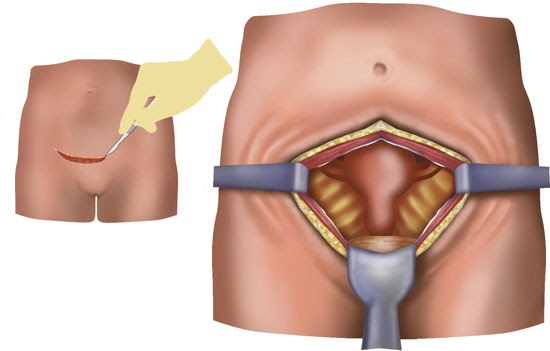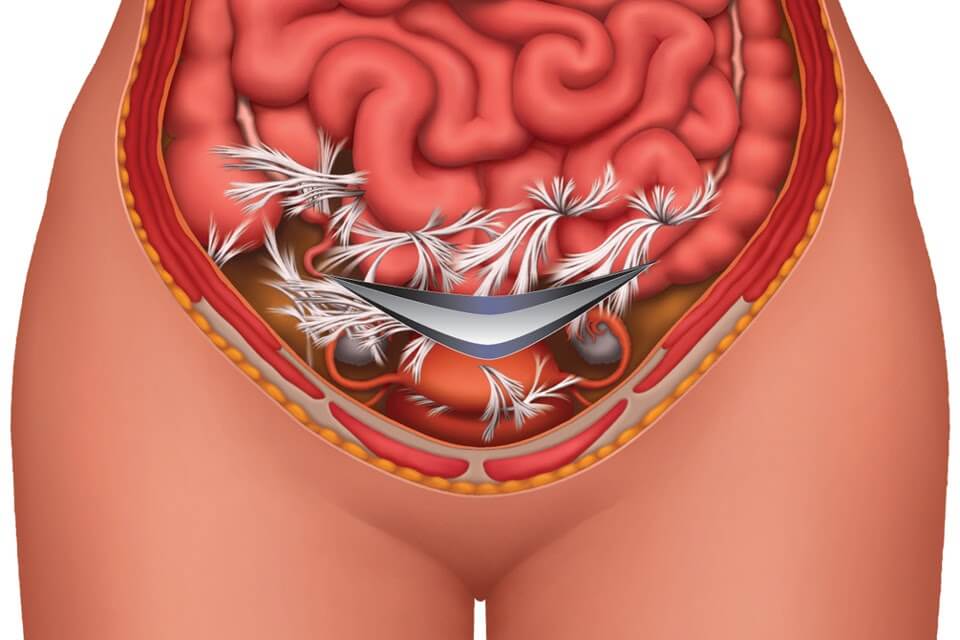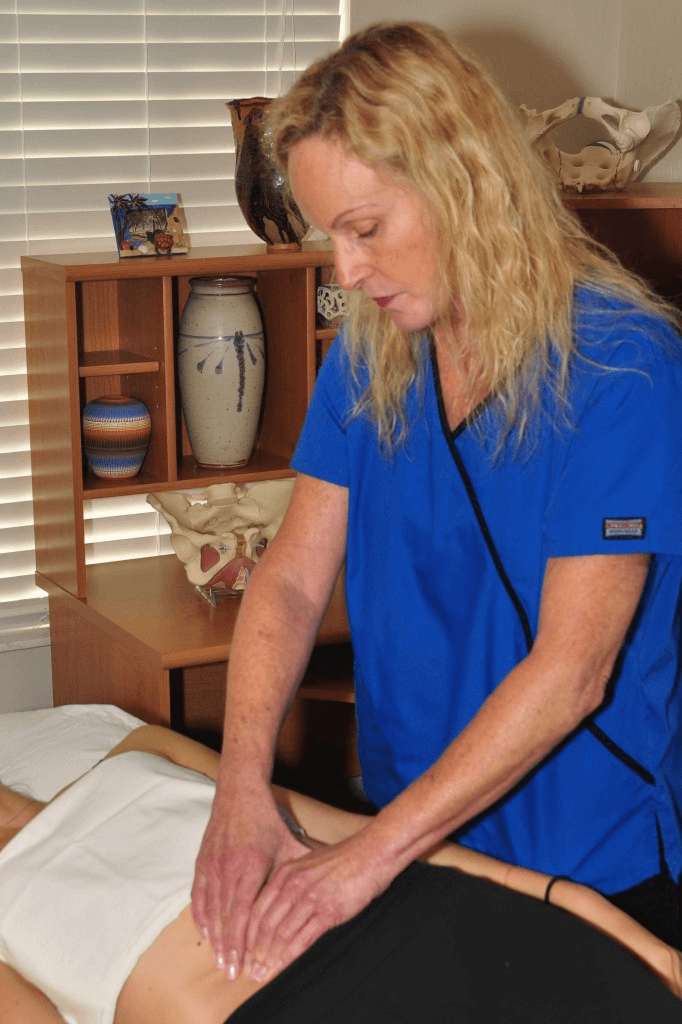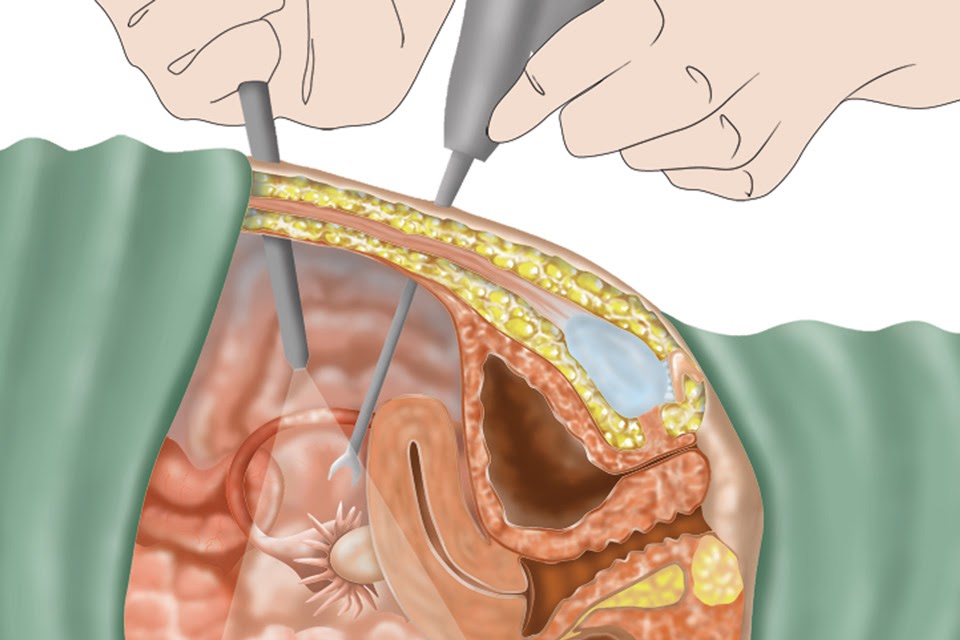We Treat C-Section Pain Naturally, Without Surgery or Drugs
The body forms adhesions after surgical procedures, including C-section. Clear Passage®️ is a world leader in treating pelvic pain with a non-surgical manual physio/physical therapy. We have over three decades of experience treating C-section and intercourse pain. Studies on our work, including success rates, have been published in peer-reviewed U.S. and international medical journals.
Complete our online Request Consultation form to receive a free phone consultation with an expert therapist and learn whether this therapy can help you.
C-Section Pain Overview
Chronic pelvic or intercourse pain can occur in the months or even years after a Cesarean Section (C-section). This is a major surgery that cuts through several layers of sensitive pelvic tissue. The pain is often caused by adhesions, the powerful internal bonds that form when the body heals from the surgical procedure. Corrective surgery can cause more adhesions, exacerbating the problem.
Adhesions often form after a C-section delivery, causing pain or tightness in the pelvis. (Morales et al., 2007; Hamel, 2007; Lyell et al., 2005) Designed to help the body heal, post-surgical adhesions can cause ongoing pain or dysfunction long after the surface scars have healed. Wherever they form, adhesions bind structures together with strong glue-like bonds that can last a lifetime. This can result in an uncomfortable pulling sensation or pain.
When adhesions form in the delicate folds of the bowels, they can cause pain or digestive problems such as diarrhea, constipation, or irritable bowel syndrome. In severe cases, these adhesions can lead to bowel obstruction, a life-threatening condition. Scar tissue c-section adhesions can also form in the delicate tissues of the reproductive tract, causing secondary infertility, pelvic or intercourse pain.
Read “How to Tell if You Have Adhesions After C-Section” for more details on cesarean section scar tissue.
C-section is the most common surgery among women in the United States. (Office of Women’s Health, 2009b) During a C-section, the physician cuts through the skin and abdominal walls, then cuts the uterus with an incision large enough to remove the infant(s).
Complications such as a breech baby or a vaginal birth that is not progressing may lead to a C-section. Many physicians feel that a vaginal birth is safer and healthier for the mother and infant.
Click here to watch an Internet video of a C-section surgery (graphic).
Treatment
Clear Passage®️ Treatment
When patients who have undergone C-section come to us with pain, dysfunction or infertility, our physical therapists evaluate the uterus and pelvic and abdominal structures for areas of tension or restricted mobility. They pay particular attention to the areas around and deep to the incisions. Considering the tendency of adhesions to spread, they then examine the entire body for areas of pain, tension and decreased mobility. As indicated, they examine the whole pelvis and abdomin during evaluation and treatment. The “hands-on” techniques we provide have been shown in peer-reviewed medical journals to reduce adhesions, decrease pain and improve soft tissue mobility, without the risks of surgery or drugs.
We know pelvic adhesions well. We faced this situation 20 years ago when our Director of Services, Belinda Wurn, developed severe adhesions after pelvic surgery and radiation therapy. Unable to work due to the pain, and having seen the devastating and debilitating effects of pelvic adhesions in her own patients, she was determined to find a non-surgical way to decrease and eliminate adhesions.
With her husband, massage therapist Larry Wurn, Belinda took a much deeper look at the etiology and biomechanics of adhesion formation. They found that the chemical bonds that attached each of the tiny collagen fibers to its neighbor to create adhesions appeared to dissolve when placed under sustained pressure or shearing over time. With this knowledge, they developed the Clear Passage® Approach to unravel the bonds between the fibers that comprise adhesions.
Other Treatments for C-Section Pain (Surgery, Drugs)
While lysis of adhesions can be effective, surgery has some major drawbacks:
- It carries risks from anesthesia and infection
- Despite the best skills of the finest surgeon, the body creates more abdominal adhesions as it heals from the surgery designed to remove them.
A huge study in Digestive Surgery showed that more than 90% of patients develop adhesions after c-section treatment following open abdominal surgery (e.g. C-section) and 55% to 100% of women develop adhesions following pelvic surgery. (Liakakos et al., 2001) Another large study reported that 35% of all open abdominal or pelvic surgery patients were readmitted to the hospital more than twice to treat post-surgical adhesions during the 10 years after their original surgery. (Ellis et al., 1999) Thus, abdominal surgery itself has been implicated as a major cause of adhesion formation and many patients become trapped in a cycle of surgery-adhesions-surgery with no end in sight. Clear Passage®️ provides the end of that cycle for many patients.
Published Success Rates
To view our success rates and published studies, please visit our Success Rates page.
Testimonials
To read past patient success stories, please visit our Testimonials page.
Related Content:



























